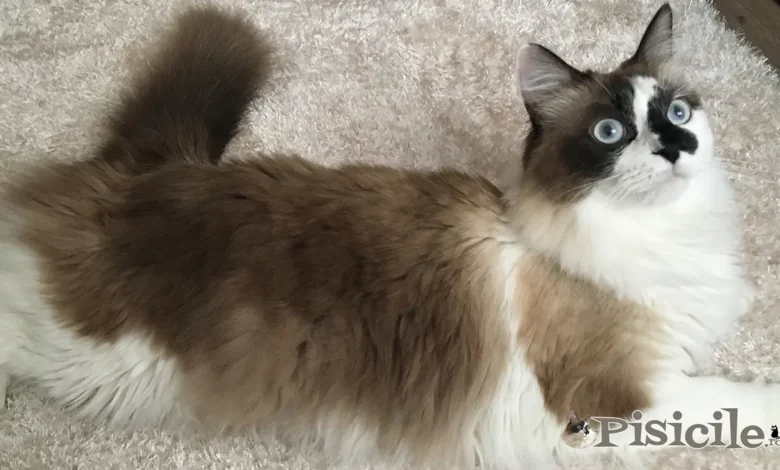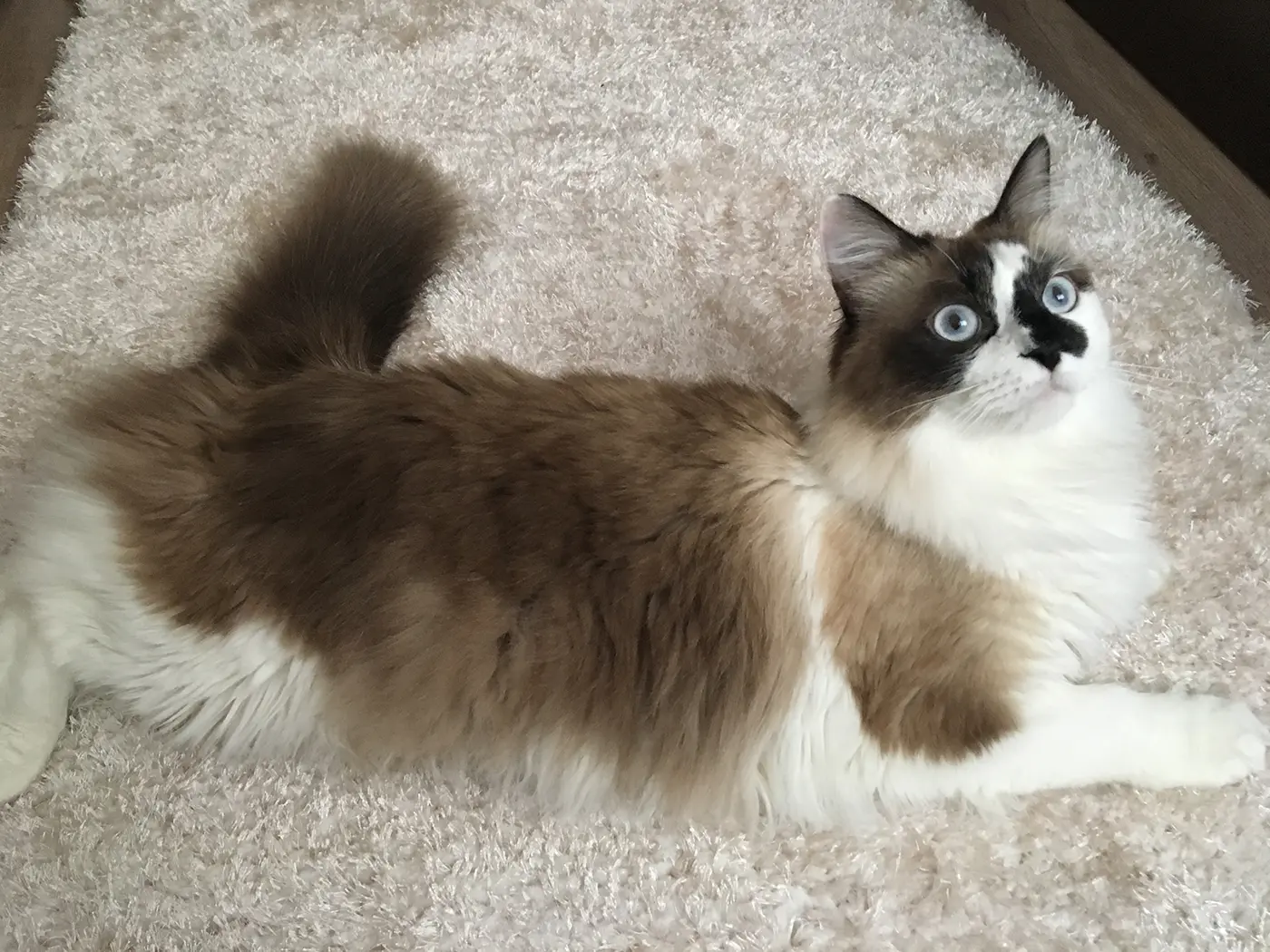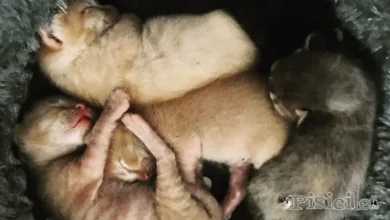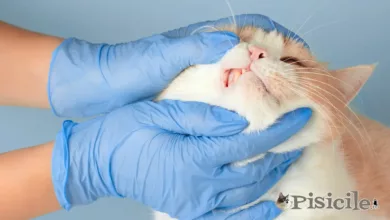
Cat shedding is a normal process, even if we are not exactly thrilled to have cat hair on our clothes, sofa or other places around the house.
A less pleasant aspect of living with a cat is the fact that it sheds. In this article you will discover what shedding is in cats and what are the causes of this process.
Subject
What is shedding in cats and what are the causes
Moulting is a normal physiological process in the kitten's life, a process by which it changes its hair / fur twice a year. As the weather changes, felines generally renew their fur to regulate their body temperature according to the season.
In addition to regulating body temperature, shedding also occurs to help the kitty get rid of damaged or dead hair. In general, shedding occurs twice a year: spring and fall, but for cats that spend a lot of time indoors, the state of hair loss can become a constant one, because they are used to a more constant temperature, their body is confused and no longer knows when the time is right for this process.
Experts say that a shedding cat is a healthy cat. They state that shedding is influenced by the amount of time the cat spends outside in sunlight.
In cats that are exposed to strong sunlight, the shedding process starts with the arrival of spring and can last for several weeks. In the fall, the hair thickens, the fur preparing for the low temperatures of winter, so the shedding process is shorter.
Most felines have a double layer of fur, which changes in turn, this phenomenon applies to both sterilized and non-sterilized cats.
Cats that spend a lot of time indoors usually shed in early summer, but this process can be present all year round in small amounts.
In general, shedding can take a month, but the estimated time differs from breed to breed and depending on the size of the hair.
Therefore, it is not advisable to look for treatments to stop your cat from shedding, even if shedding is stressful for you. Cat hair will be present all over the house, from the surface of the furniture to the sofa, the bed, on the cat's bedding and on your clothes
But you can make your life easier by following some tips on how to lessen the effects of the shedding process.
What you can do to reduce excessive shedding in cats
Establish a more aggressive brushing schedule. If, for example, you previously used the brush weekly, now put it to work every other day or even more often, depending on the length of the hair and the amount of hair loss. A thick brush, slightly moistened, is recommended. If you have a long-haired cat, first detangle any hair and knots that may have formed.
To make brushing fun and easy, use rewards. Combing is done in the direction of hair growth, gently, to untangle tangled hair and arrange the coat.
Cats groom themselves daily. Therefore, provide her with a bowl of grass, as grass helps her regurgitate swallowed hair.
Give your cat vitamins. They not only help in this process, but they can protect your cat from colds or viruses that multiply during spring and autumn.
Treat your feline to good food as she may lose weight during this time.
Caress her and talk to her calmly and softly, as during this process she may lose her playfulness and feel weaker at times. Therefore, he needs more love, affection, care and attention from you.
Many cat owners report that a warm bath is helpful. If your cat likes water a bit, you can try it, if not, don't terrorize it.
A haircut is an option often applied by owners during this period, and I admit that it is useful.
You, as a fluffy mom or dad, can use a vacuum cleaner to get rid of unwanted hair around the house. You can purchase a thick brush to comb your cat, a lint roller can help, brush mitt, wet plastic gloves or a damp sponge can gently clean unwanted hair from surfaces.
Why does excessive shedding occur?
The shedding process is absolutely normal, but if you notice that your cat is shedding excessively, it means that it has a health problem and the visit to the doctor does not need to be postponed.

The basis of excessive shedding is various conditions: stress, diet, lack of vitamins, allergies, dust, fleas, bacterial infections, hormonal imbalance, pregnancy, breastfeeding, sunburn, ringworms, fungi, inappropriate drug treatment or the appearance of bumps, cuts on the skin , eczema, and others.
In the case of excessive shedding, if the doctor determines that it is not a medical problem, then you will be recommended a balanced diet rich in vitamins, minerals, Omega 3 and 6. These slow down the shedding process, strengthen the hair and give it a more pleasant appearance , stronger and healthier. Doctors also recommend that once every three days we give the cat fish or pills containing fish oil.
Due to the short hair of the Comish Rex and Devon Rex breeds, shedding can easily go unnoticed. The cats that never shed are the hairless cats of the Sphynx breed, but they require special care because skin diseases are common.
When you choose to share life with a cat, you also choose to share it with its fur. So, while you may dread this process and find it difficult, it's not as unpleasant as it sounds and there are solutions.




2 Comments